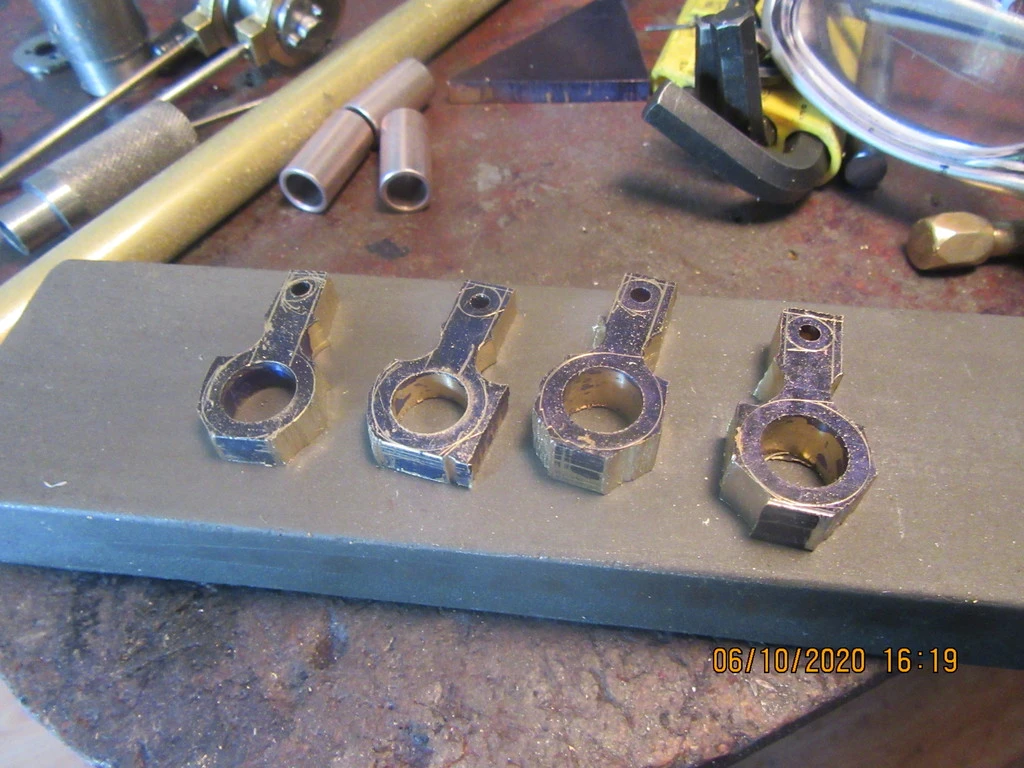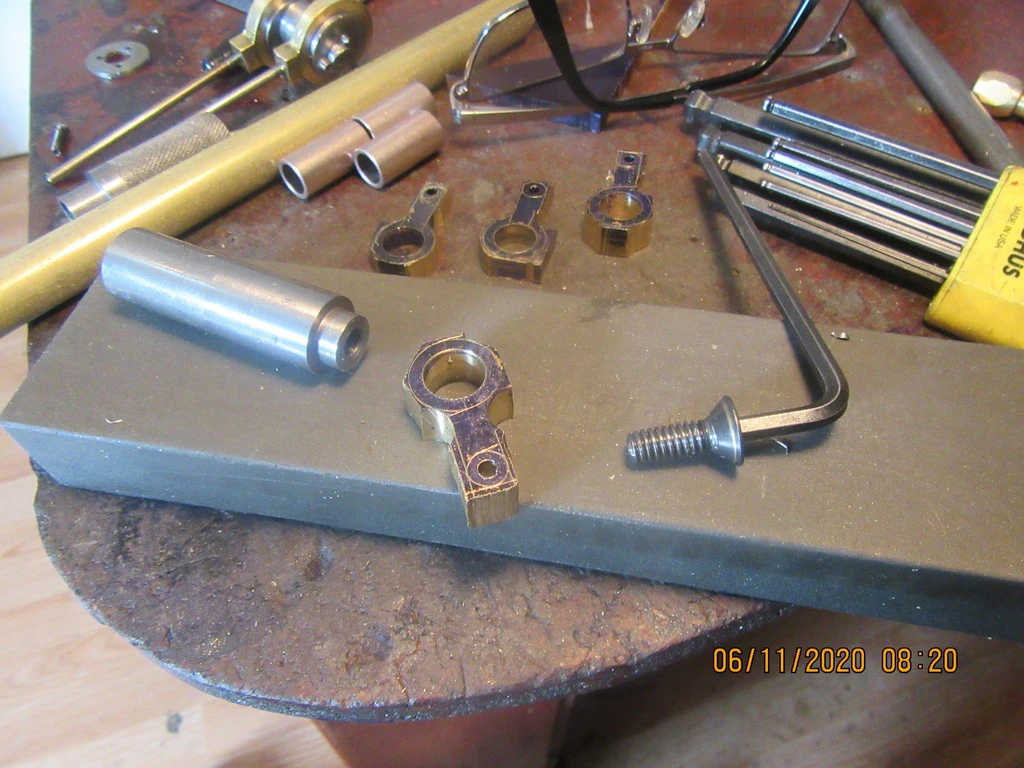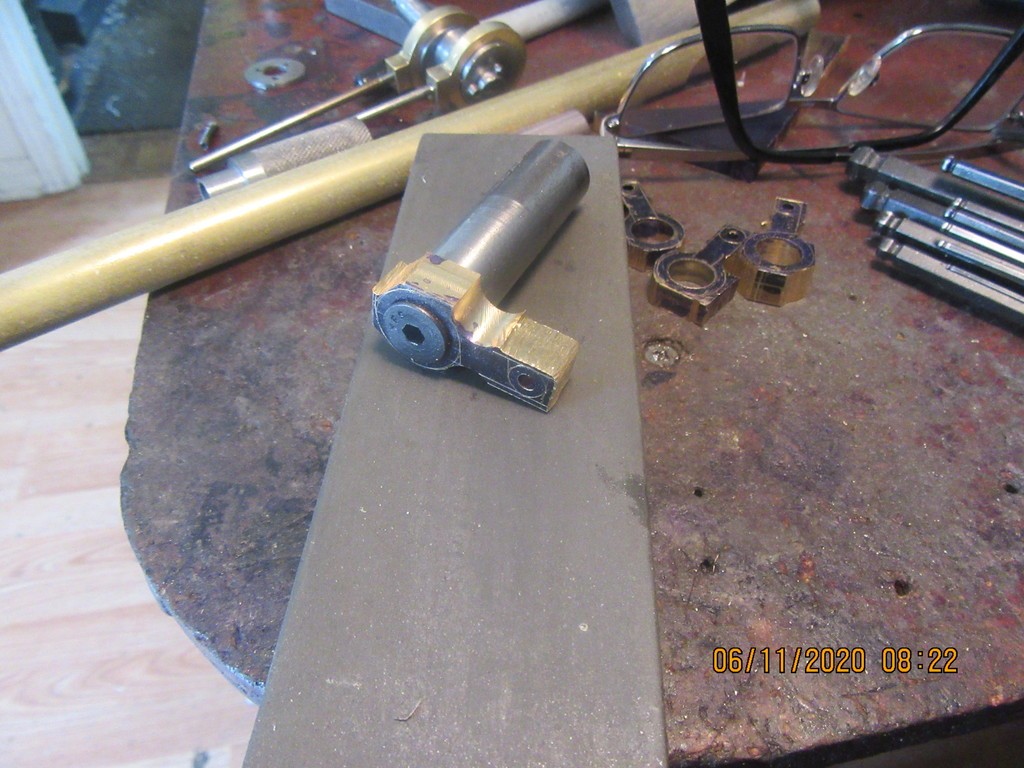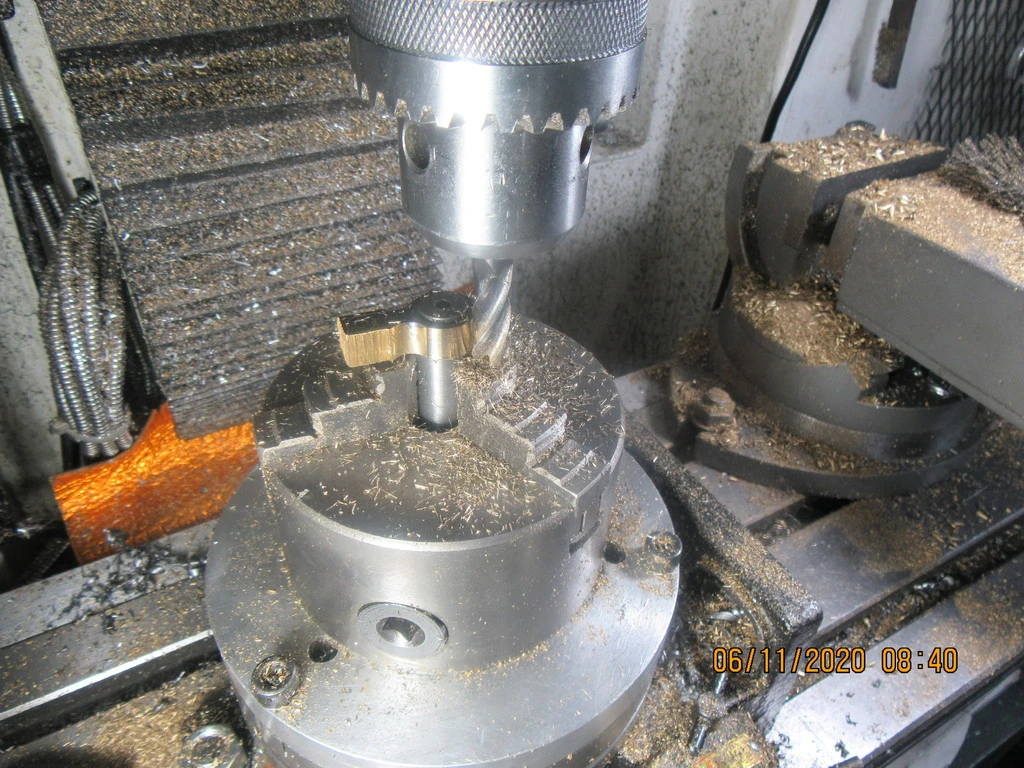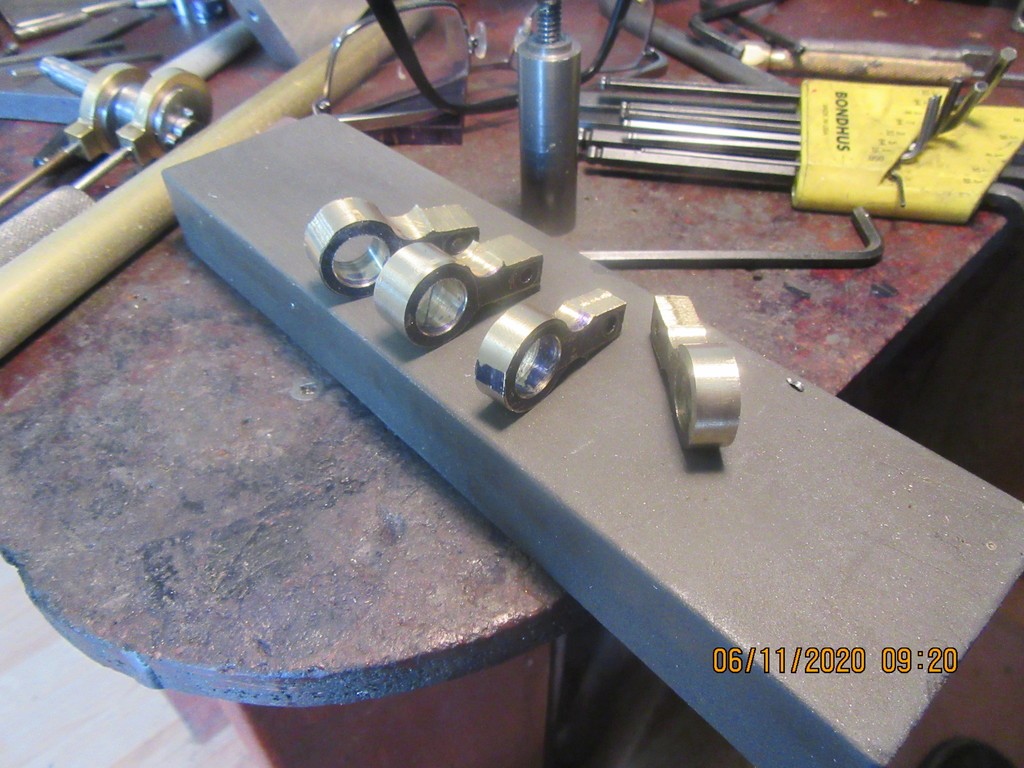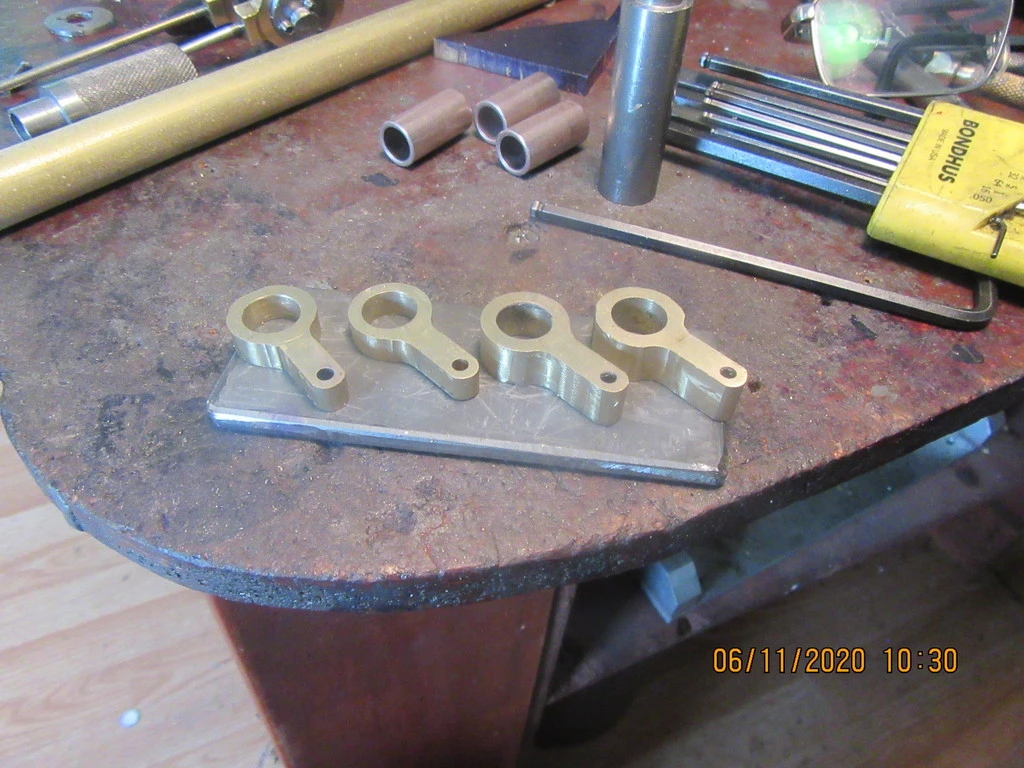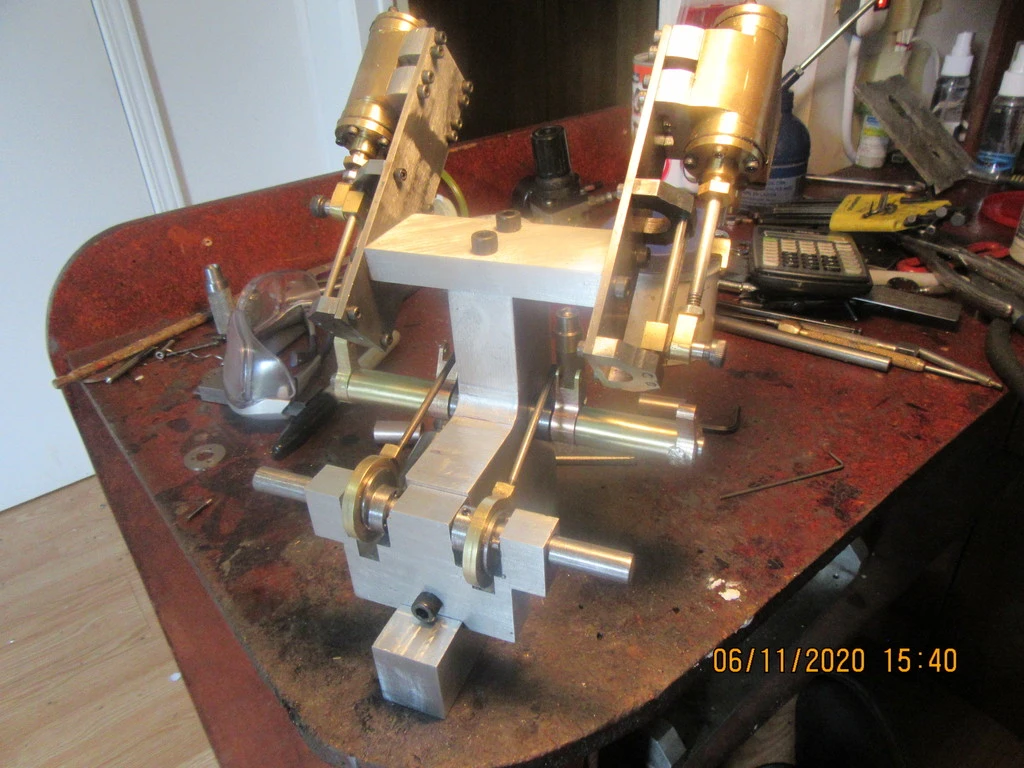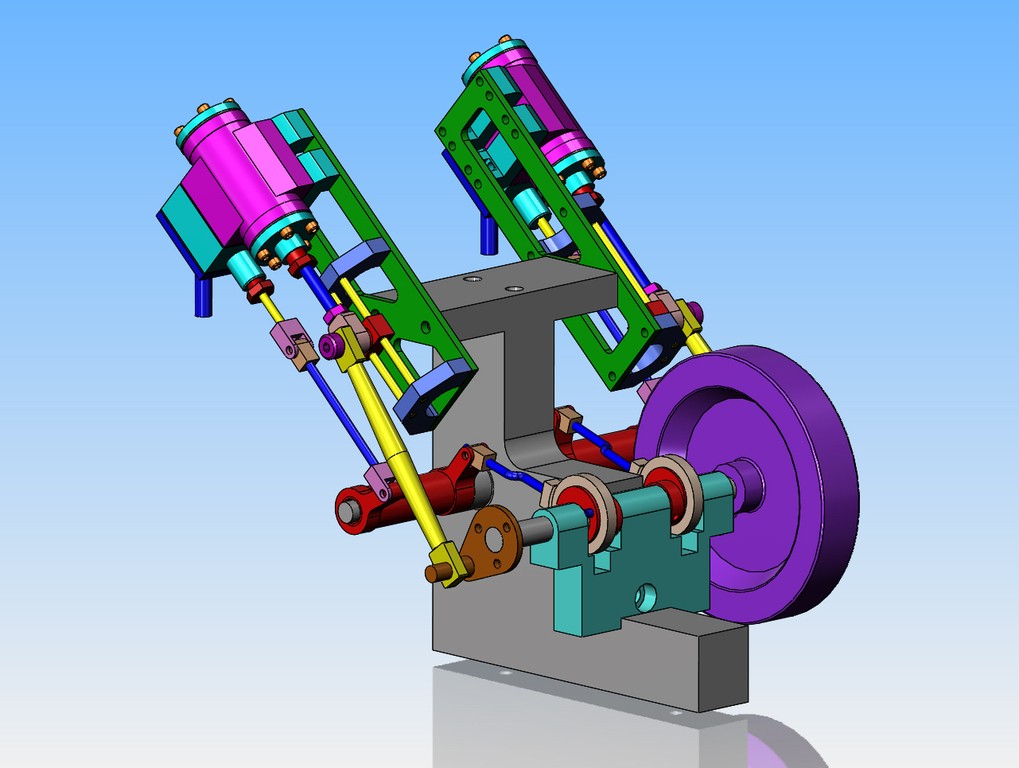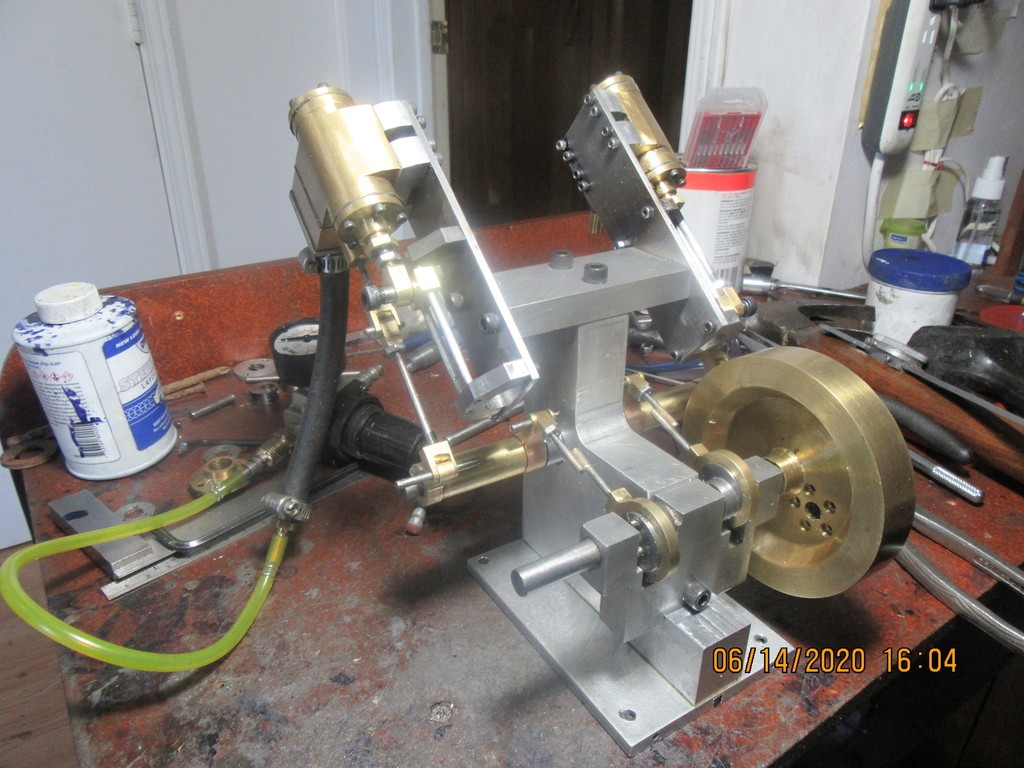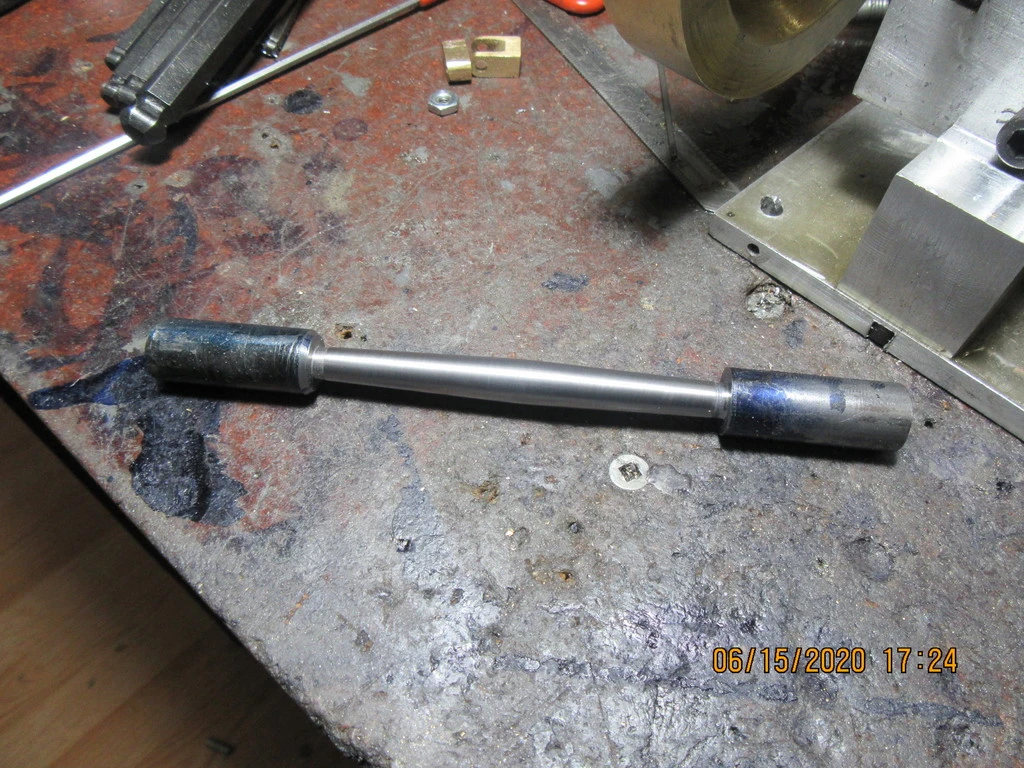This morning I got up and made the eccentric strap retaining plates (for the second time) and bolted them to the eccentrics. All looks good---I am going to turn a few thou off the heads of the #4 shcs to clear the shaft better (they are mounted to a dummy shaft in the picture).I'm not certain that it shows in the picture, but there is a #5 set screw in the hub area of each eccentric, which fixes them to the shaft.
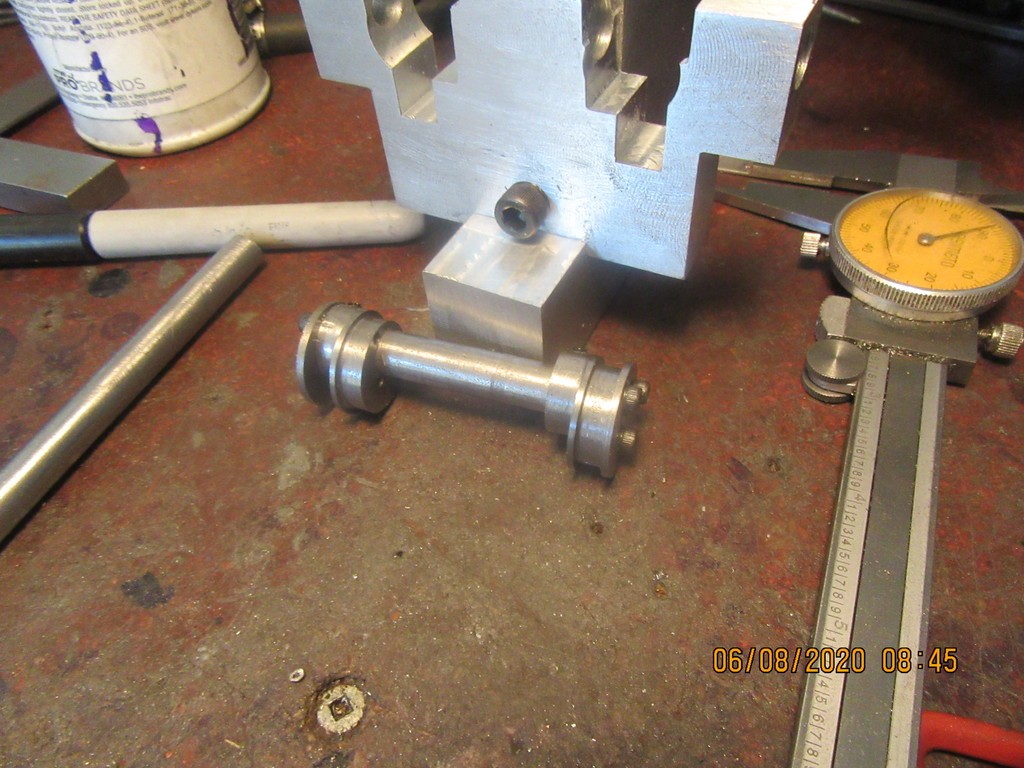






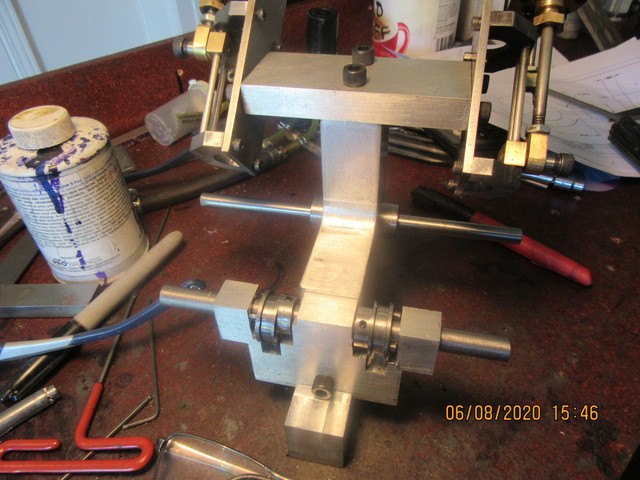
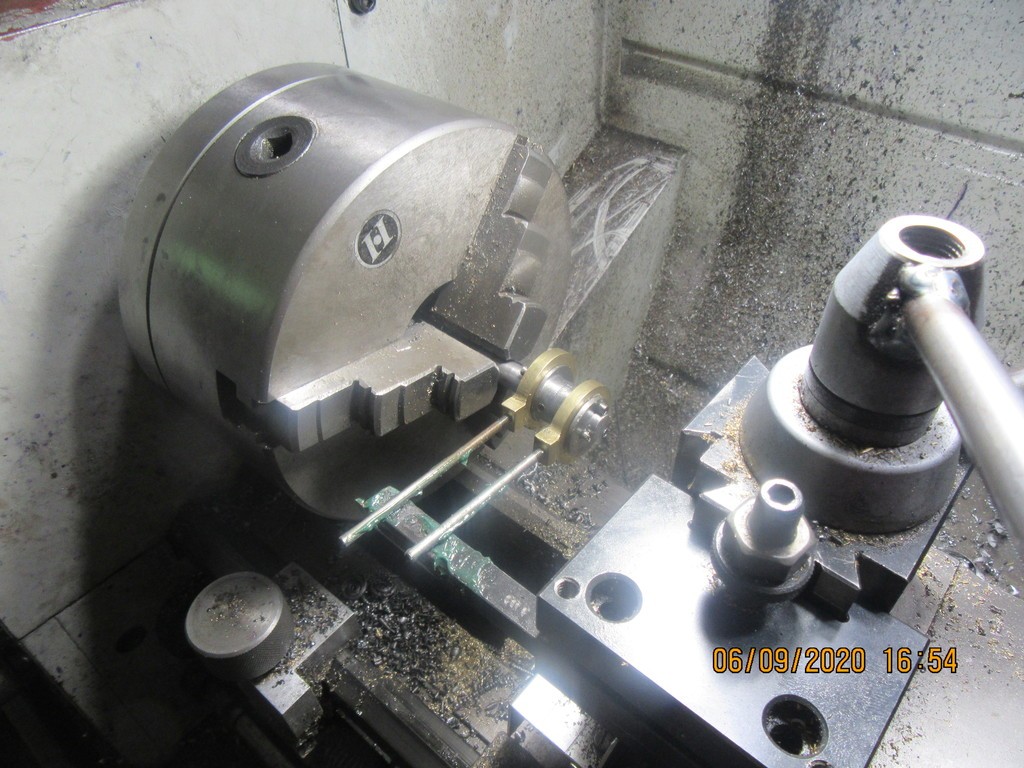












![MeshMagic 3D Free 3D Modeling Software [Download]](https://m.media-amazon.com/images/I/B1U+p8ewjGS._SL500_.png)






































![DreamPlan Home Design and Landscaping Software Free for Windows [PC Download]](https://m.media-amazon.com/images/I/51kvZH2dVLL._SL500_.jpg)



